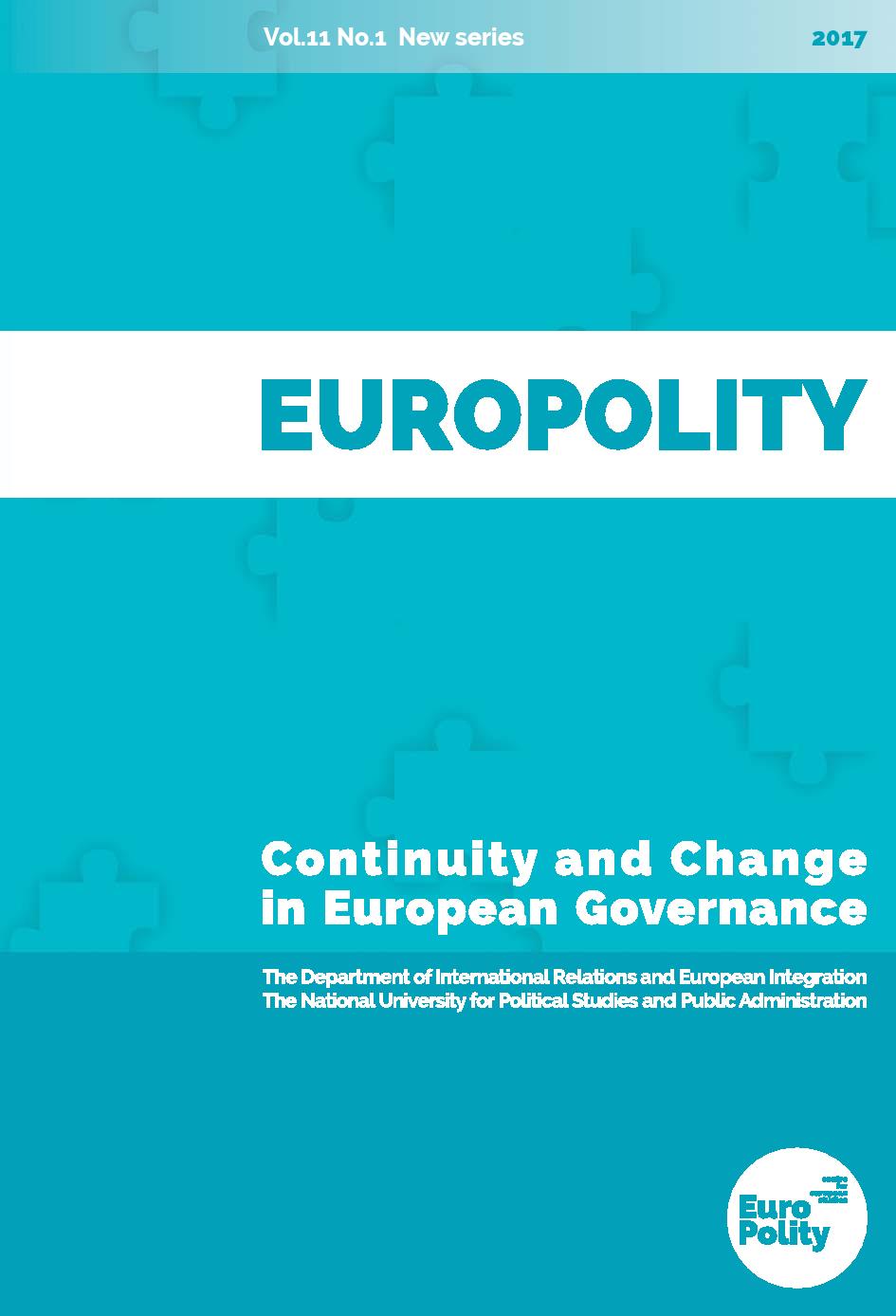THE SECURITY OF CRITICAL ENERGY INFRASTRUCTURE IN THE AGE OF MULTIPLE ATTACK VECTORS: NATO’S MULTI-FACETED APPROACH
THE SECURITY OF CRITICAL ENERGY INFRASTRUCTURE IN THE AGE OF MULTIPLE ATTACK VECTORS: NATO’S MULTI-FACETED APPROACH
Author(s): Sorin Dumitru DucaruSubject(s): Politics / Political Sciences, Social Sciences
Published by: Scoala Nationala de Studii Politice si Administrative (SNSPA)
Keywords: Collective defence; deterrence; early warning; education; exercises; hybrid warfare; resilience; security of energy infrastructure; training; terrorism
Summary/Abstract: The current NATO threat landscape is characterized by a combination or “hybrid blend” of unconventional emerging challenges (like cyber and terrorist attacks) and re-emerging conventional ones (like Russia’s recent military resurgence and assertiveness, that led to the illegal annexation of Crimea and destabilization in Eastern Ukraine). While the resurgence of the Russian military activity pushed the Alliance in the direction of re-discovering its deterrence and collective defence role, the new, not-traditional, trans-national and essentially non-military treats that generate effects below the threshold of an armed attack require a new paradigm shift with a focus on resilience although the protection of critical energy infrastructure is first and foremost a national responsibility, NATO can contribute to meeting the infrastructure protection challenge on many levels. Given the fact that its core deterrence and defence mandate relies in a great measure on the security of Allies’ energy infrastructure NATO’s role and actions in reducing the vulnerabilities and strengthening the resilience of such infrastructure can only increase. A multi-faceted, multi-stakeholder and networked approach is needed to be able to strengthen defences and resilience of critical infrastructure such as energy. Understanding and defending against cyber or terrorist threat vectors, increased situational awareness, education, training, exercises, trusted partnerships as well as increasing strategic security dialogue and cooperation are key for such a comprehensive/network approach to the challenge.
Journal: Europolity - Continuity and Change in European Governance
- Issue Year: 11/2017
- Issue No: 1
- Page Range: 5-20
- Page Count: 16
- Language: English

